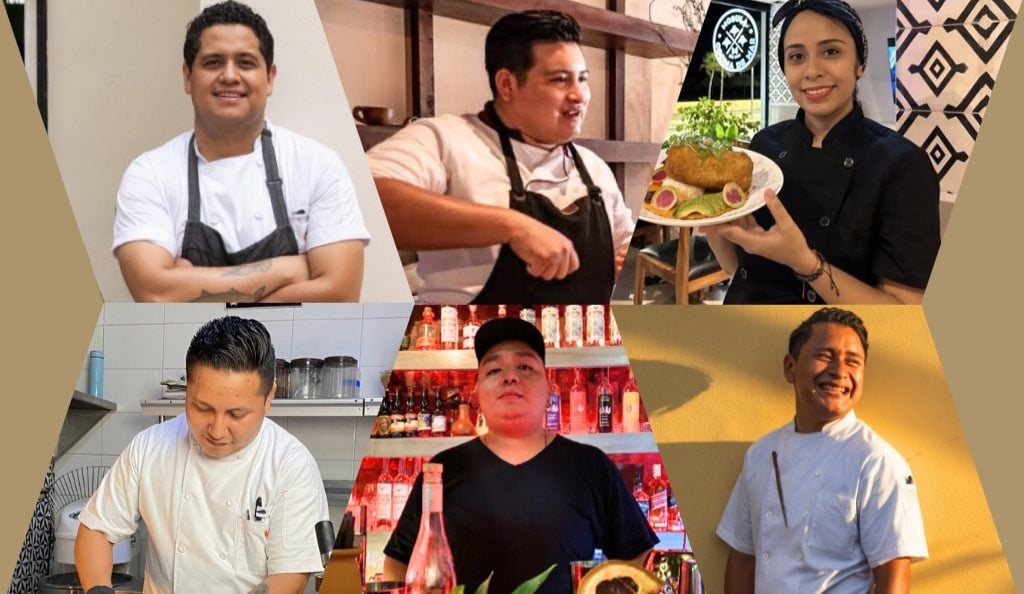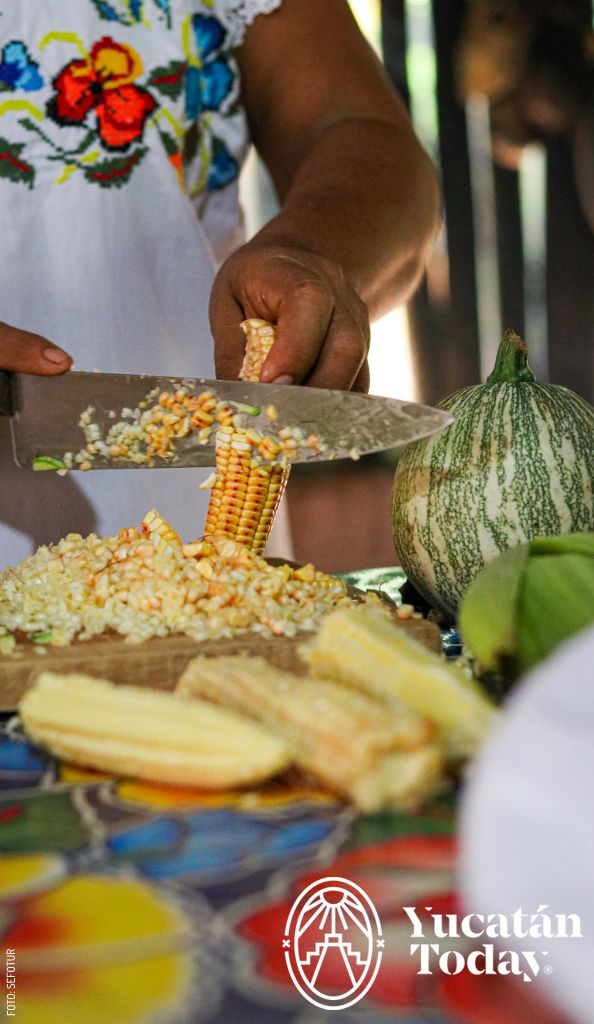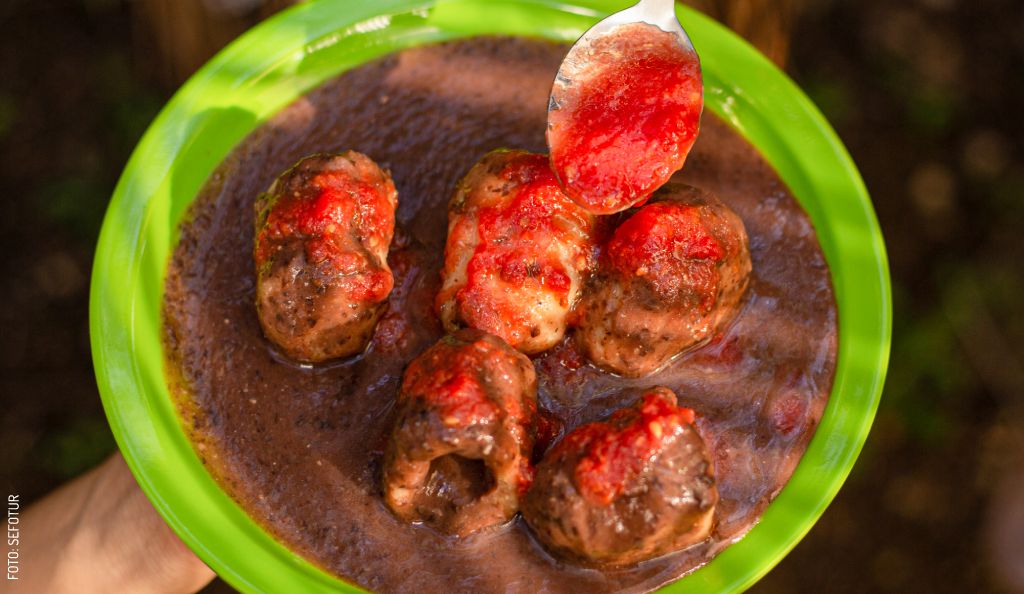
The Unknown Side of Yucatecan Cuisine
Tóoksel, Joroch and bean candy are words—and dishes—that I have learned about during my expeditions around Yucatán. Some, like the Tóoksel, I had the actual pleasure of tasting; others, much to my regret, I just saw (with my mouth watering) or heard about. They all had one thing in common: never in my (very Yucatecan) life had I heard about them, and you would not believe how delightfully tasty they were. I wonder, then, how could something so delicious be such a mystery in the Yucatecan capital and other cities alike?
The Ingredients in Yucatecan Gastronomy
The answer to my question came from the chef Wilson Alonzo, whom I had the opportunity to interview. In addition to there being styles and dishes that belong to a specific part of the state, the scarcity of certain dishes is due to restaurant profitability and the availability of ingredients beyond specific seasons. For example, the original version of our beloved Sikil P’aak (a tomato, pepita, and cilantro dip) is made with P’aak tomato, a variety shaped like a kidney. The problem with this tomato is that once it is ripe it only lasts two to three days. This has forced chefs and regular cooks to adapt to and use the Saladette tomato. It continues to be delicious but it is different. Sikil P’aak is popular in restaurants, bars, and cantinas.
Another example of seasons affecting the preparation of different dishes are Xcaita Joroches. Have you ever heard of this dish? Joroches are a typical dish that is prepared in many Yucatecan homes, especially in the communities and villages. It consists of small balls of dough that are placed in a bowl with salt and boiling water to thicken the preparation. Up to this point, it sounds easy: something that can be prepared at any time of the year, right? Well, that’s not the case when it comes to Xcaita Joroches. Here, the special ingredient is the Xcaita squash, whose flowers are added to the Joroch. The problem is that this squash is only available in gardens during August and September. If in season, chile Maax can be added.
Would it surprise you if I told you that the traditional Pipián de Venado (deer cooked in a seed-based sauce) has red mombins (Ciruelas, or Spondias purpurea ) in it? Yes! It is a custom in some villages to use it, of course, if they are in season. Chef Wilson told me that the plum is a “flavor enhancer.” Then, it is prepared with cabbage, beans (tender or Xpelon), red squash seeds, a thick broth, and the protein of choice in the pib: be it deer, rabbit, wild turkey, chicken, or beef. Why are there so many protein choices in our Yucatecan gastronomy? Because we have to deal with preference and availability, both in villages and in restaurants.
The techniques used in Yucatecan Gastronomy
Everyone loves tamales, right? The traditional chicken Vaporcito and the traditional superstar Pib are my favorites. At Ya’axché, chef Wilson’s ethno-gastronomic center, I sampled a variety of enormous Xpelon (bean) and Chaya (a local leafy green) tamales. My new mission is to try Toj’bi’wa.
Chef Wilson tells me that this tamal is quite different, as its preparation requires ancient techniques, and, nowadays, not many are using them.
Like all tamales, the Toj’bi’wa starts out like a corn dough tortilla. It is wrapped around Tóoksel (a dish made with white beans and ground pepita) and then wrapped up in the dried husks of ears of corn. To avoid the contents from leaking out, the ends are tied tightly. Once tied up, they are cooked in boiling water. 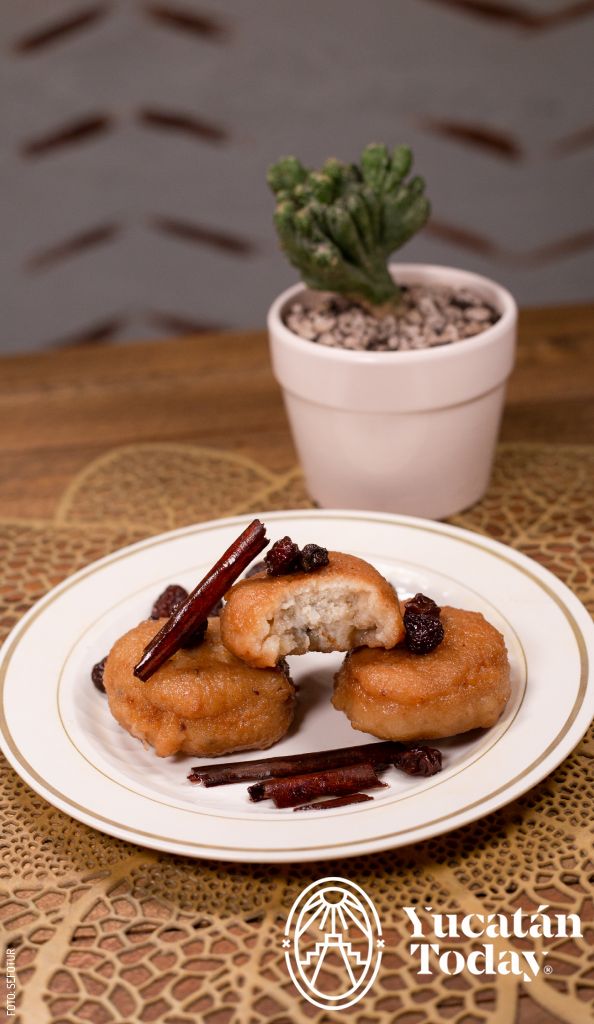
Another dish that has a particular technique is bean candy. “Not many communities make this as it is quite labor intensive,” chef Wilson explained to me. This dessert is made, as its name indicates, with black beans. First, they are boiled in water until they start to “burst,” you then remove the skins, one by one. Once skinned, sugar and cinnamon are added.
Where Can I Eat These Delicious Dishes?
The best places to find these Yucatecan specialties are in the villages that are located away from the big cities…in the interior of the state and above all, in the right season. As you can see, we have to deal with products being in season, techniques that have been handed down from generation to generation, and products that are harvested in the farmers' gardens.
The squash, black beans, white beans, corn, red mombins, yams, tomatoes, and jícama are examples of ingredients that people take from the gardens that they plant and work. “The milpa, the Mayan garden, is the heart of Maya nutrition,” chef Wilson reminds me.
On the other hand, meat products are "given by nature" and closely related to the dynamics in the milpa. If there is an animal who is putting the harvest in danger (by eating it), the farmer will resort to hunting it. This is how they get parrots, doves, and iguanas to name a few. It must be understood that this is how meat products were obtained before meat markets and refrigerators existed.
Would you like to try some of these “unknown” dishes from our Yucatecan cuisine? Now you know where to go!
With information from Chef Wilson Alonzo, creator at Ya’axche restaurant in Halachó parque.yaaxche@gmail.com FB: Yaaxche

Author: Olivia Camarena Cervera
Yucatecan communicologist. Writer, blogger, and bookstagrammer in her spare time. She also experiments with TikTok.
Receive the latest articles and much more from the best of Yucatán in your email!
Related articles
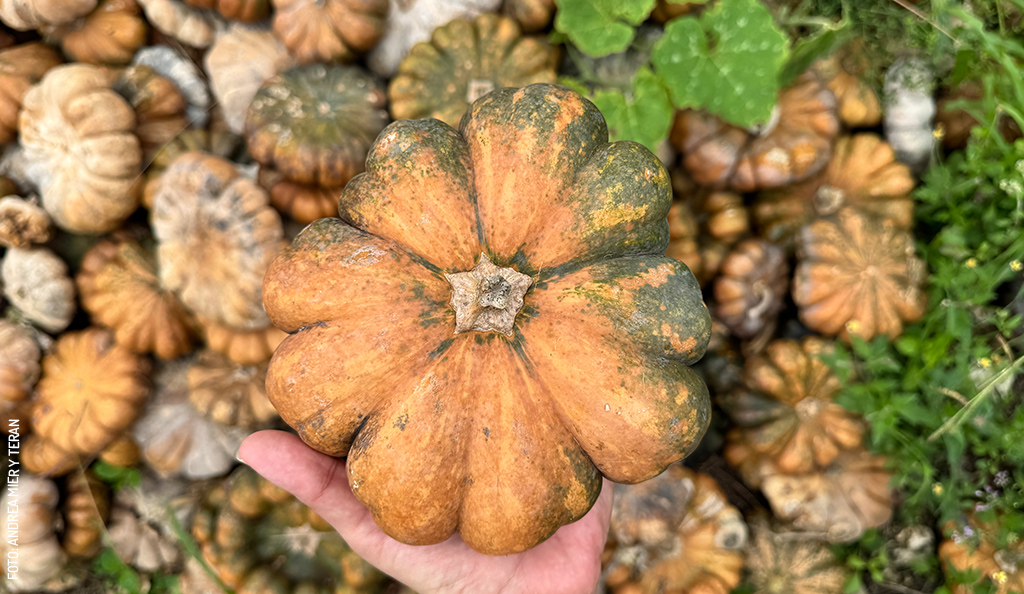
The Origin of Our Table: The Maya Milpa
The Mayan Milpa: More than a crop, an ancestral vision. Discover the "Mesoamerican triad": corn, beans, and squash in Yucatán.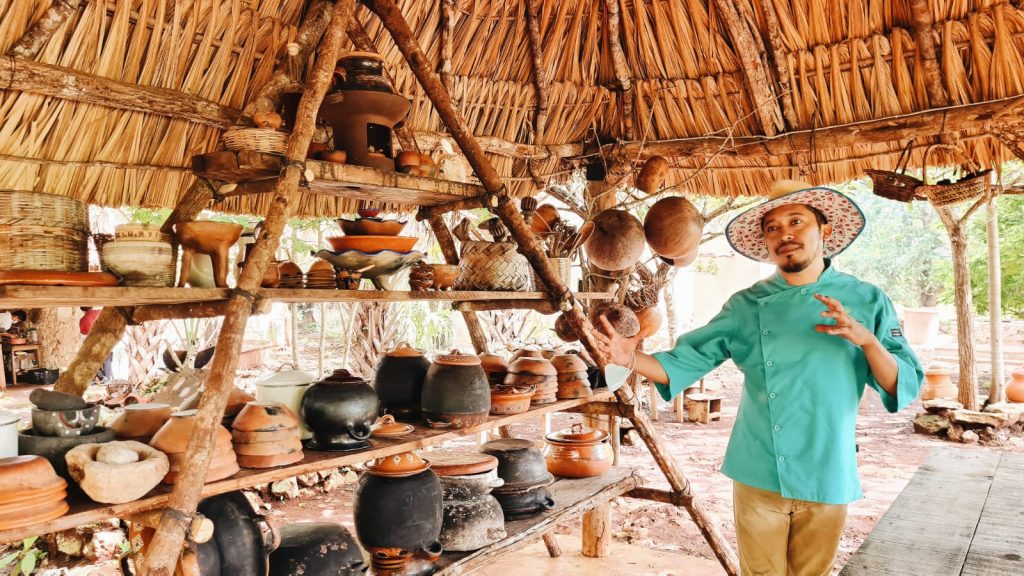
Ya'axche: a Foodie Adventure
Ya'axche is an ethno-gastronomic center offerig multiple approaches to the most traditional side of Yucatecan cuisine.